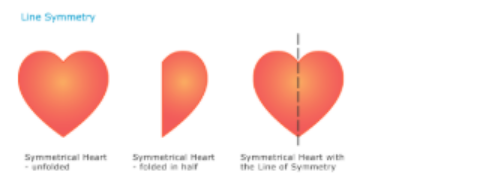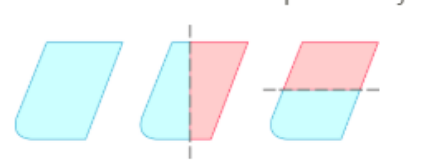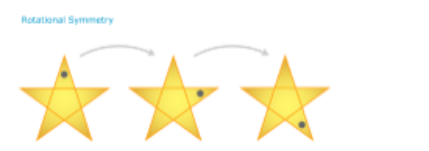Symmetry (Reading)

Line of symmetry


Rotational Symmetry

Guided Practice

- Examine the appearance of the figure as it turns.
- Remember the definition of rotational symmetry (when you rotate the image it appears to stay the same)
- Decide whether the image has rotational symmetry based on the definition of rotational symmetry.

Does the image above have line symmetry, rotational symmetry, both or neither? First, determine if the image can be folded in half over a line. Next determine if the image will look the same when it is rotated. Then state what type of symmetry the image has.

Does the image above have line symmetry, rotational symmetry, both or neither? First, determine if the image can be folded in half over a line. Next determine if the image will look the same when it is rotated. Then state what type of symmetry the image has.

Does the image above have line symmetry, rotational symmetry, both or neither? First, determine if the image can be folded in half over a line. Next determine if the image will look the same when it is rotated. Then state what type of symmetry the image has.